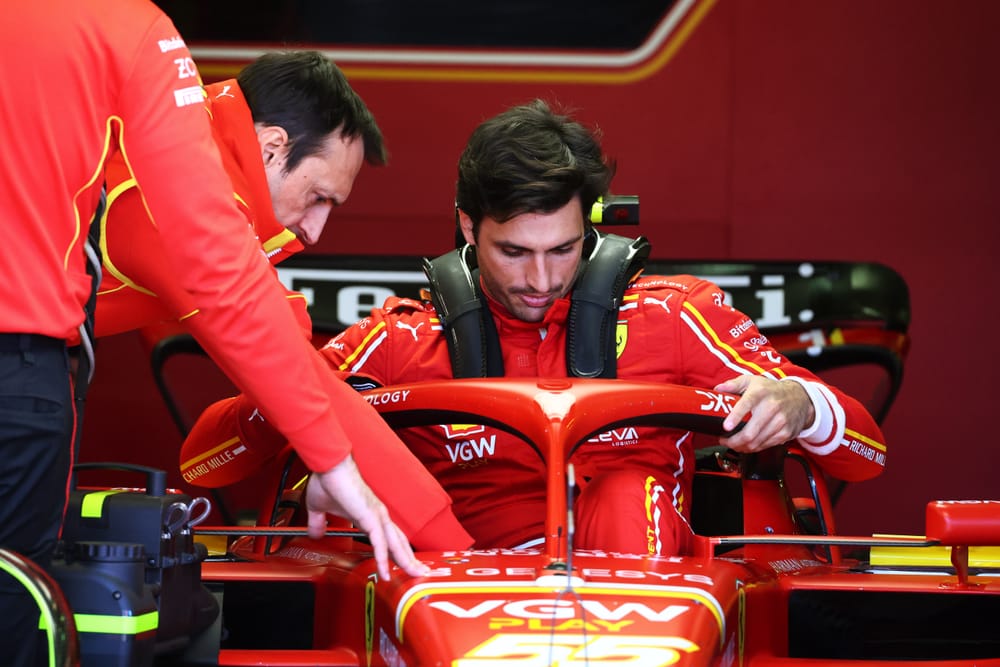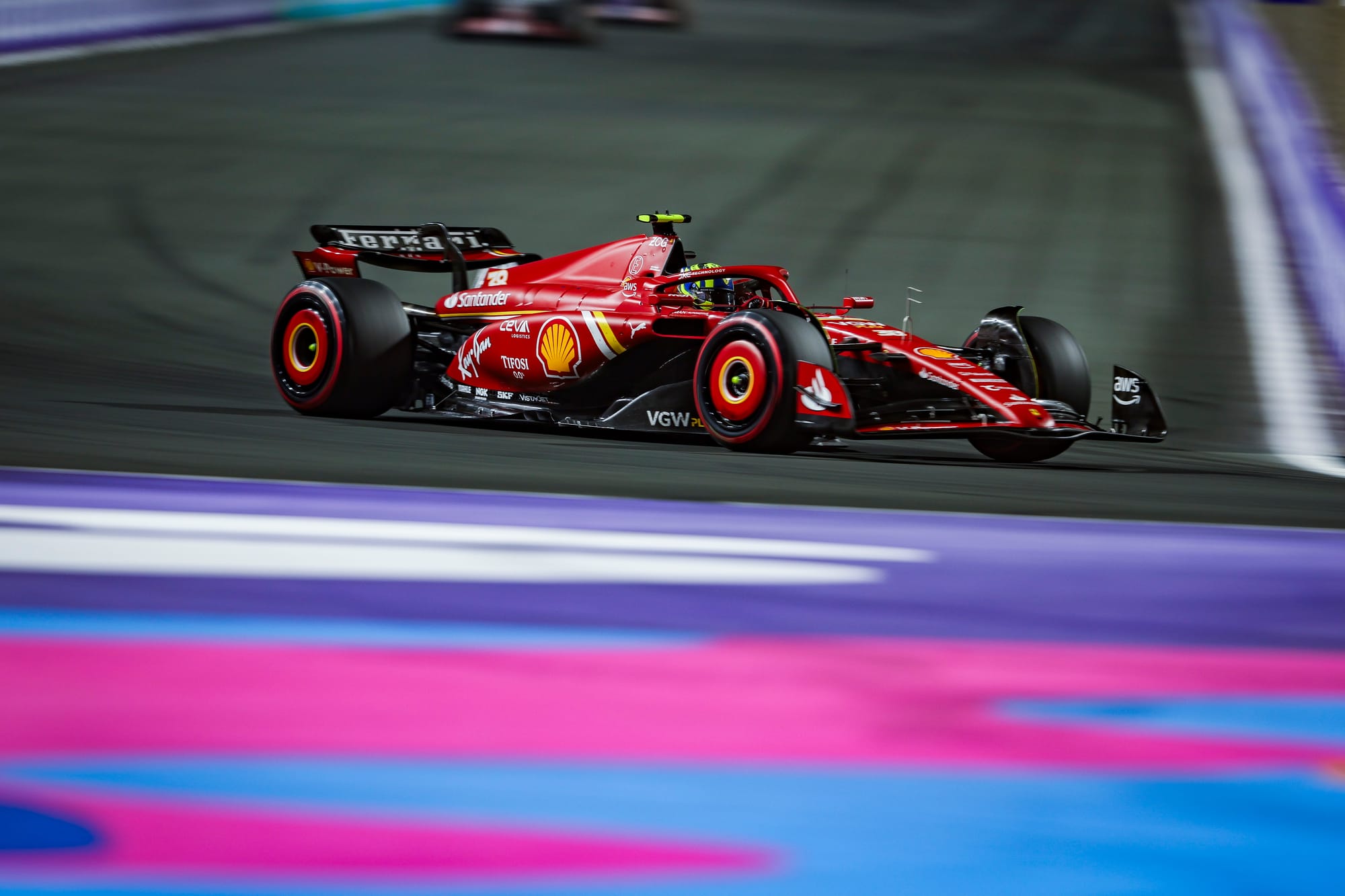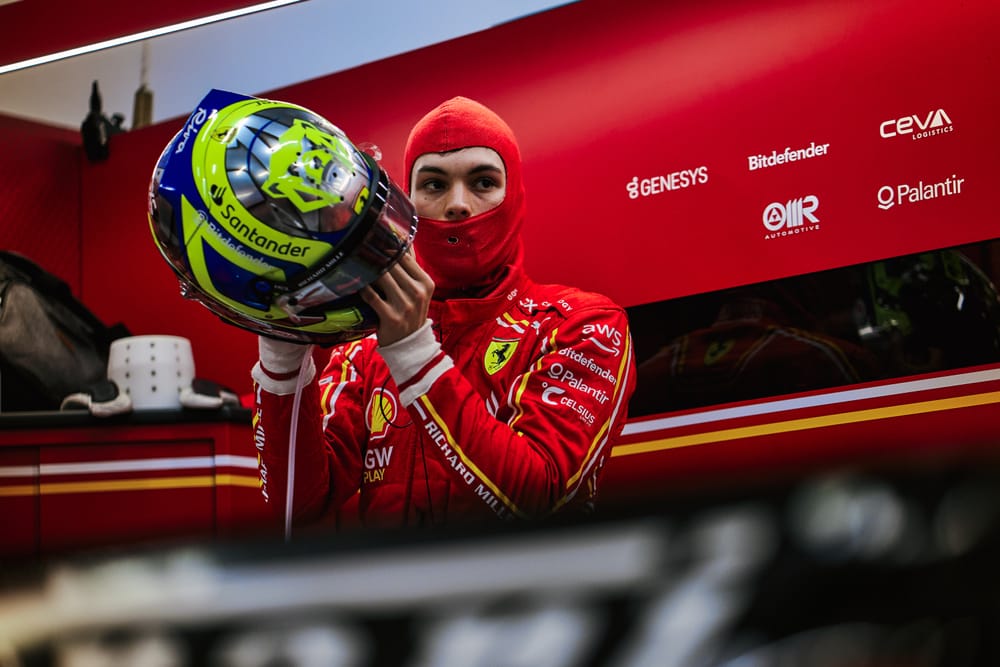Up Next

Carlos Sainz will return to Formula 1 action in Friday practice at the Australian Grand Prix just 14 days after having an appendectomy, confident that his “strong recovery plan” means he will be fully fit for the whole weekend.
The 29-year-old drove on the first day of practice in Saudi Arabia and struggled under the misapprehension he was suffering from food poisoning. Sainz was diagnosed with appendicitis on Friday morning and underwent surgery, with reserve driver Ollie Bearman taking his place.
Sainz is in Melbourne and completed his Thursday duties as normal, paying tribute to the progress in medicine allowing him to drive a car just a fortnight after undergoing surgery. However, he admits he won’t be 100% owing to his compromised preparation.
“It’s possible thanks to the advances medicine has done in the last 20-30 years,” said Sainz of his return two weeks after surgery. “When my dad [rally legend Carlos Sainz Sr] had the operation, they cut you open. Nowadays, with laparoscopy, they do three very little holes and that speeds up the recovery [to] two or three times as fast as it used to be.
“The doctors, after the operation, said ‘it’s obviously going to be tight, it’s 14 days from the operation until I jump in the car on Friday, but it's possible’. Obviously, they don’t know what F1 is and the g-forces and everything, but possible it is and I feel like it will be possible given how I’m feeling now.
“Will I be at 100%? For sure not. It’s not a lie, 100% would mean spending 10 days training, doing simulator [work]. I haven’t done that over the last 10 days, I've just been focused on recovering. But will I be fit to race? The feeling right now is yes and see how I feel tomorrow, and that’s tomorrow.”
WHAT HAPPENED IN JEDDAH
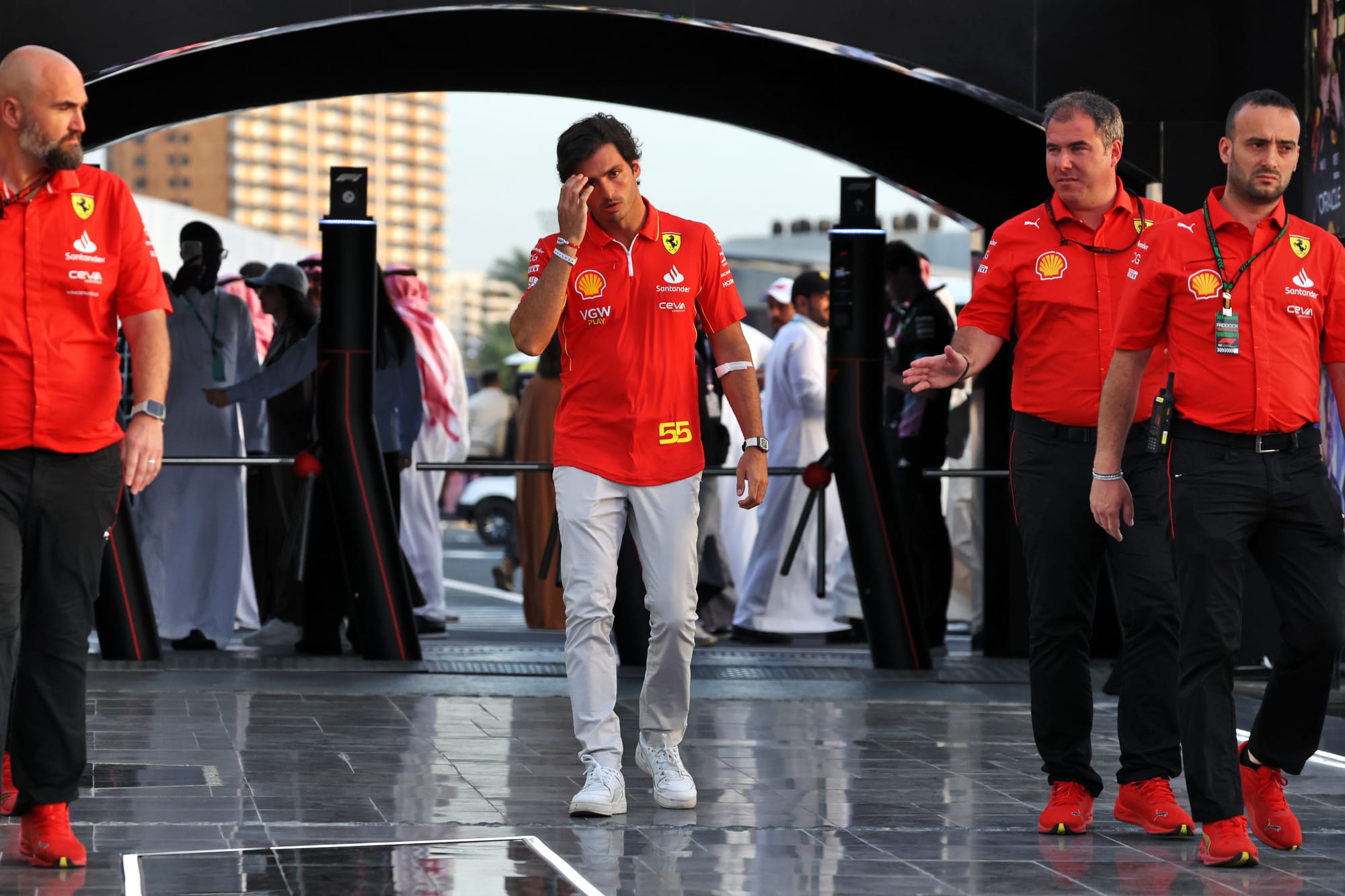
While there was surprise that Sainz’s appendicitis wasn’t noticed earlier, he said the symptoms on Wednesday and Thursday were consistent with food poisoning.
However, it became clear his struggles driving during FP1 and FP2 and subsequent deterioration that he needed to seek further medical checks.
“At the time it was very difficult to know it was appendicitis,” Sainz. “On Wednesday, I started to feel really bad in the paddock and I got the typical symptoms of food poisoning, I don’t think I need to go into details of what that is, and I got a very high fever.
"I spent Thursday also with those symptoms, but obviously with medication. When I was jumping in the car I was feeling a lot better because I was getting the medication.
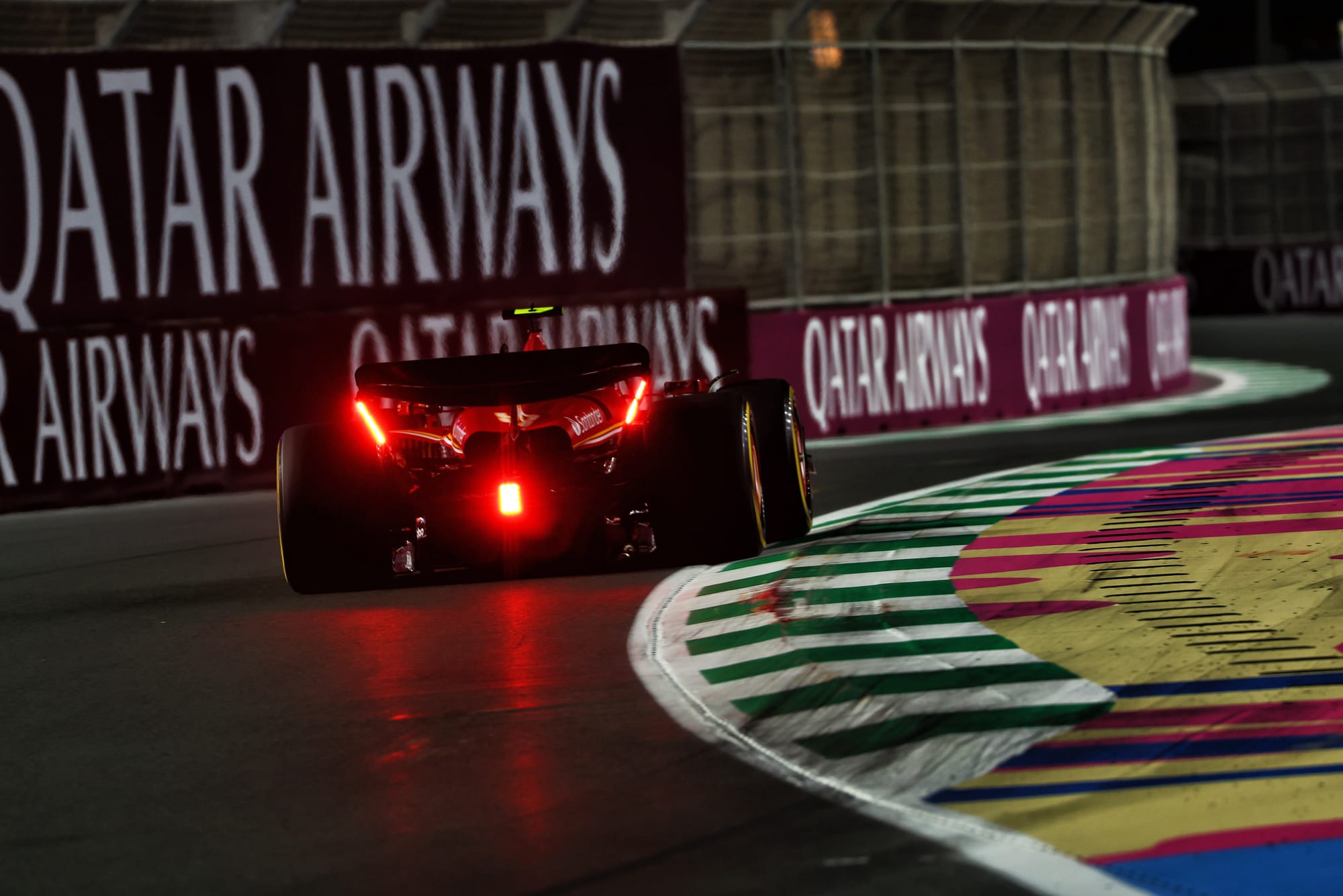
“But then, after those two sessions I realised I cannot keep going like this for the whole weekend so if I’m not improving I’ll go to the hospital. I didn’t improve on Friday morning, which was qualifying day, [so] I went to the hospital and got diagnosed with appendicitis, which was not easy to diagnose because I didn’t have the typical symptoms.
“I got the surgery done, which was a great job from the doctors because as soon as I got it removed I felt back to normal and I could start to focus on recovering.”
Sainz went to the circuit on race day in Saudi Arabia, the day after his operation, to follow substitute Bearman’s progress. He said this was because he had been told to go for a walk to aid with recovery.
“The doctors recommended I go for a walk after the operation and I said to them rather than walking in my hotel room I walk into the paddock, watch the race with my engineers and learn something or help my engineers,” said Sainz. “Ollie did great, he did a really, really good job.”
THE RECOVERY PROCESS
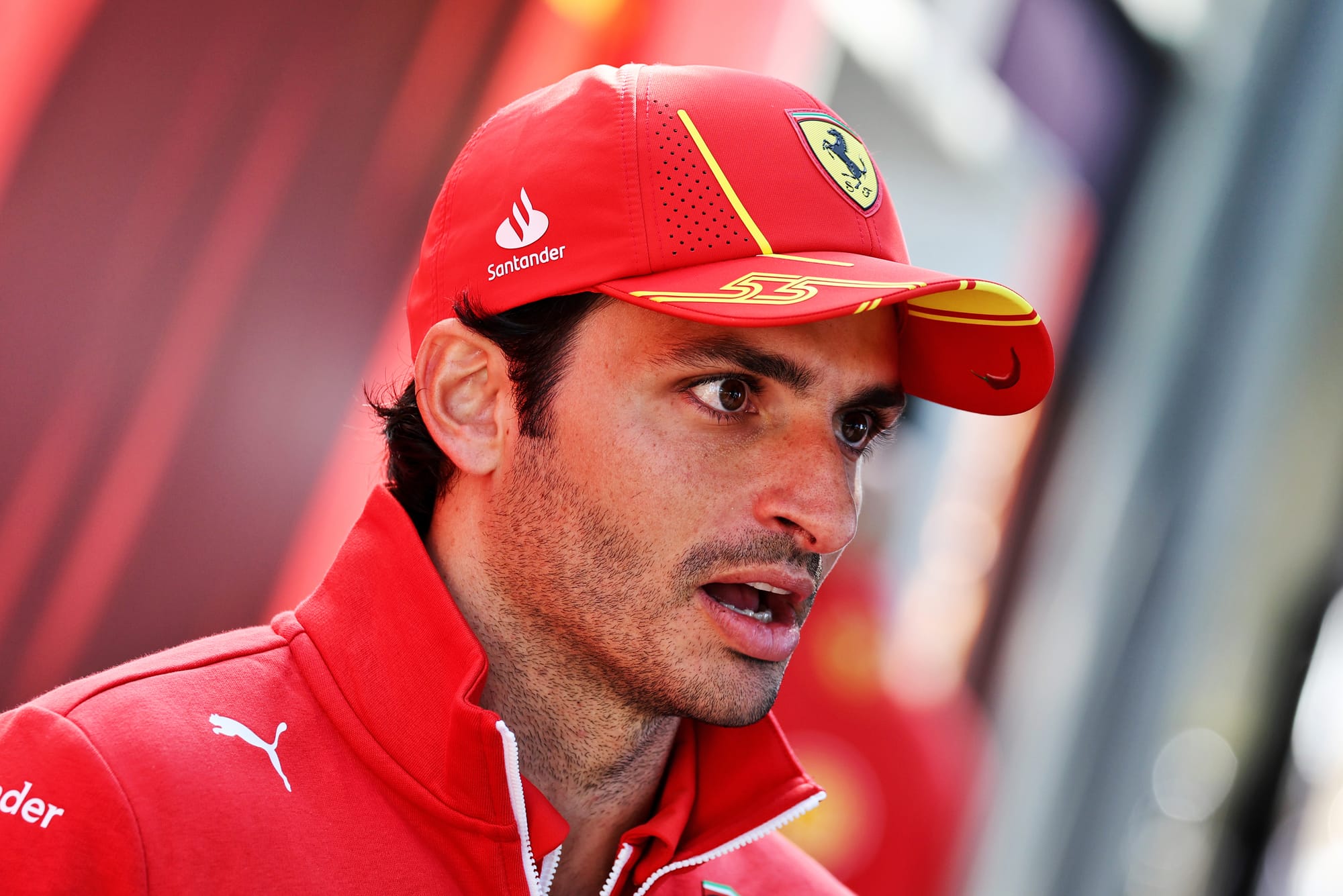
Sainz said that the first week of his recovery was difficult, although it became easier in the second week.
He arrived in Melbourne at the start of the week to prepare for the race and said that every day brings significant progress in recovering.
“Every day I’m feeling a lot better,” said Sainz. “Every 24 hours I do lot of progress. It’s true that the first week was tough, a lot of time in bed and recovering. That’s when you see things a bit darker, but then in the second week the recovery speeds up a lot and I started to feel a lot better.
“I’m confident I can jump in the car tomorrow and do well. Obviously, I put together a very strong recovery plan since I landed back home to be ready for this race. I will jump in the car tomorrow, see how I feel, but I’m feeling positive about it.”
Sainz has been unable to do any significant training since Jeddah due to his recovery, but is confident his high level of underlying fitness means he will not have any problems.
“With the amount of training that I did in the winter, and how fit I was in Jeddah and Bahrain thanks to that, I feel like I’m going to be fit tomorrow because it’s not like in two weeks you lose muscle or aerobic capacity.
“It’s not the same as spending 10 days training like I would have done and going to a simulator. That’s why I say I’m not going to be 100% fitness level, peak, but fit enough to race. That will not be a limitation.”
WHAT CONDITION IS HE IN
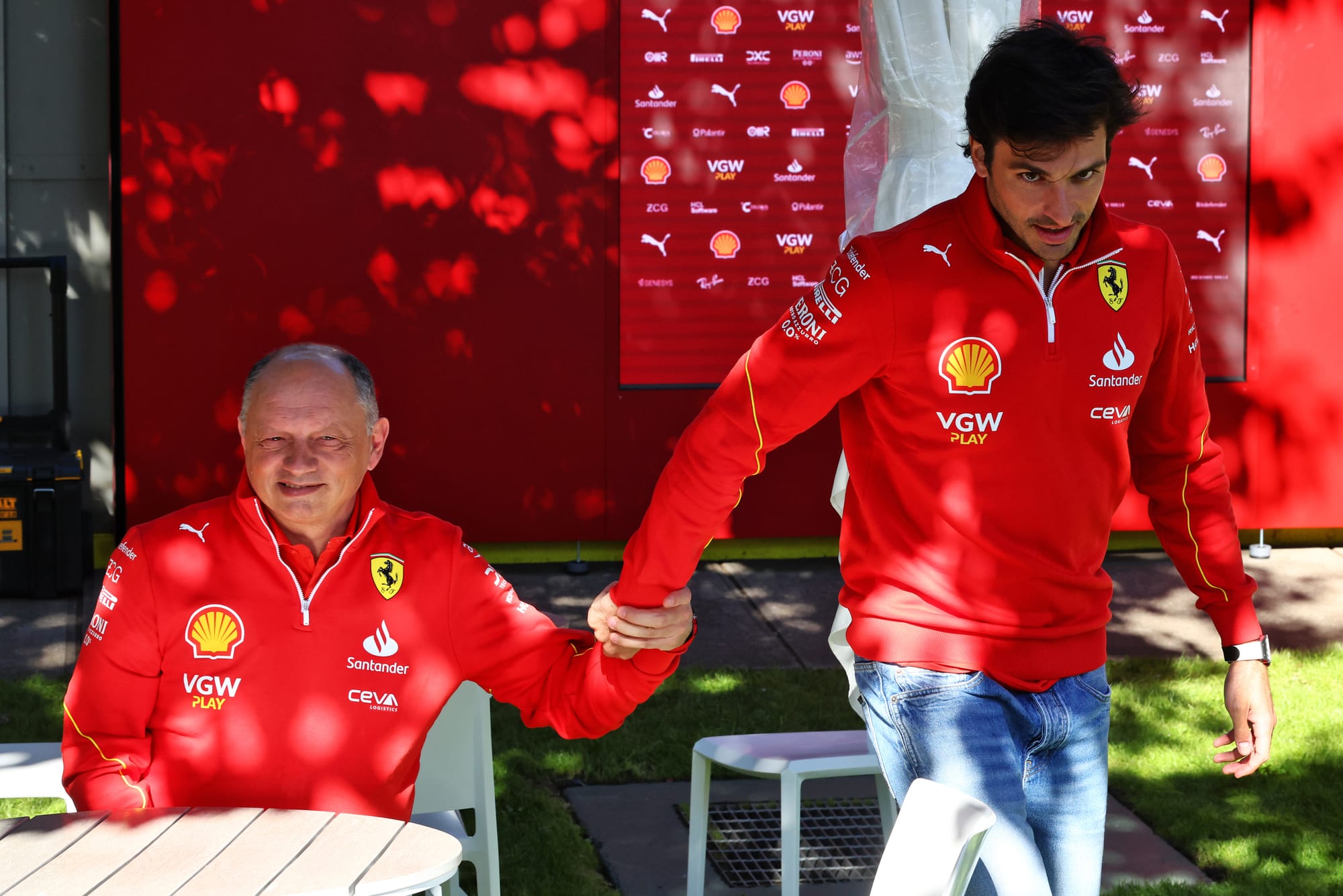
Sainz should have no problems driving, although he will require a little time to adapt to the feeling after surgery.
That’s based on advice from Williams driver Alex Albon, who missed the 2022 Italian Grand Prix because of the need for an appendectomy.
Albon returned for the next race in Singapore despite having suffered complications in the form of respiratory failure that led to a spell in intensive care. However, Albon had an extra week to recover.
“I found a lot of support from Alex Albon because he went through a similar process,” said Sainz. “I think he got a few extra days than me because he operated that bit earlier and he got a few days.
“He said ‘yes you will feel a bit weird at the beginning but then you get used to it’. Let’s see. The problem is I don’t know. Until you put yourself in an F1 car and feel the forces, it’s impossible to know.
“What I know is that today, I’m a lot better than yesterday, and yesterday I was a lot better than two days ago. So with that progress, I’m quite encouraged and positive."
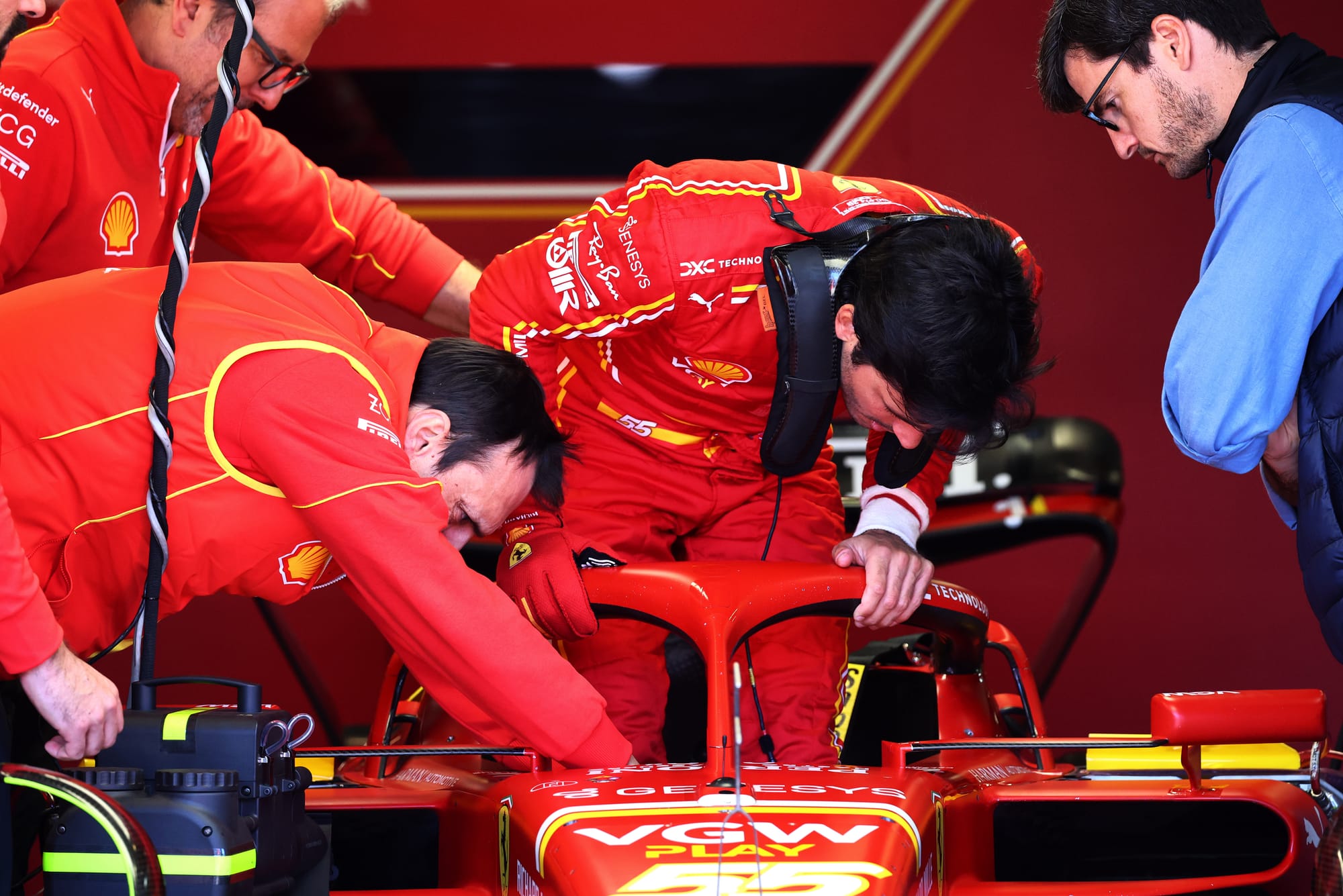
Sainz says that the exercises he’s done show that he’s fit enough to get into the car and attempt to drive. However, he accepts that there is a chance that he could have problems once under the intense physical demands of driving the car.
He will closely monitor his condition and will also undertake medical checks conducted by the FIA, which has been tracking his progress.
“First of all, just by seeing me move and the exercises that I’m doing in the gym or anything, this tells me I’m fit to jump into the car tomorrow and try,” said Sainz when asked how his fitness to drive can be assessed.
“I’m not stupid, and if I don’t feel good tomorrow I will be the first one to raise my hand and say that I need another two weeks to the next race. This, together with the FIA, is also the plan that we have in place. I have another check with the FIA tomorrow. They are monitoring my progress.
“I’m the first one that doesn’t want to be in pain or to suffer, to make it any worse. I will be very clear with how I’m feeling. On top of that, just going back to Thursday [in Jeddah], I wouldn’t have jumped in the car if it wouldn’t be possible. I did the 26 laps because I could, not because I was in agonising pain. Yes, it was not an easy 26 laps per session, but I could get them done.”
Sainz added that he will allocate more time to physiotherapy during the race weekend as an extension of the work he’s been doing to prepare since the operation.
“More physiotherapy, also with some machines that we’re using to accelerate recovery,” said Sainz when asked about how he’s changing his weekend approach. The amount of time that I’ve invested into my recovery is not the amount of time a normal person invests.
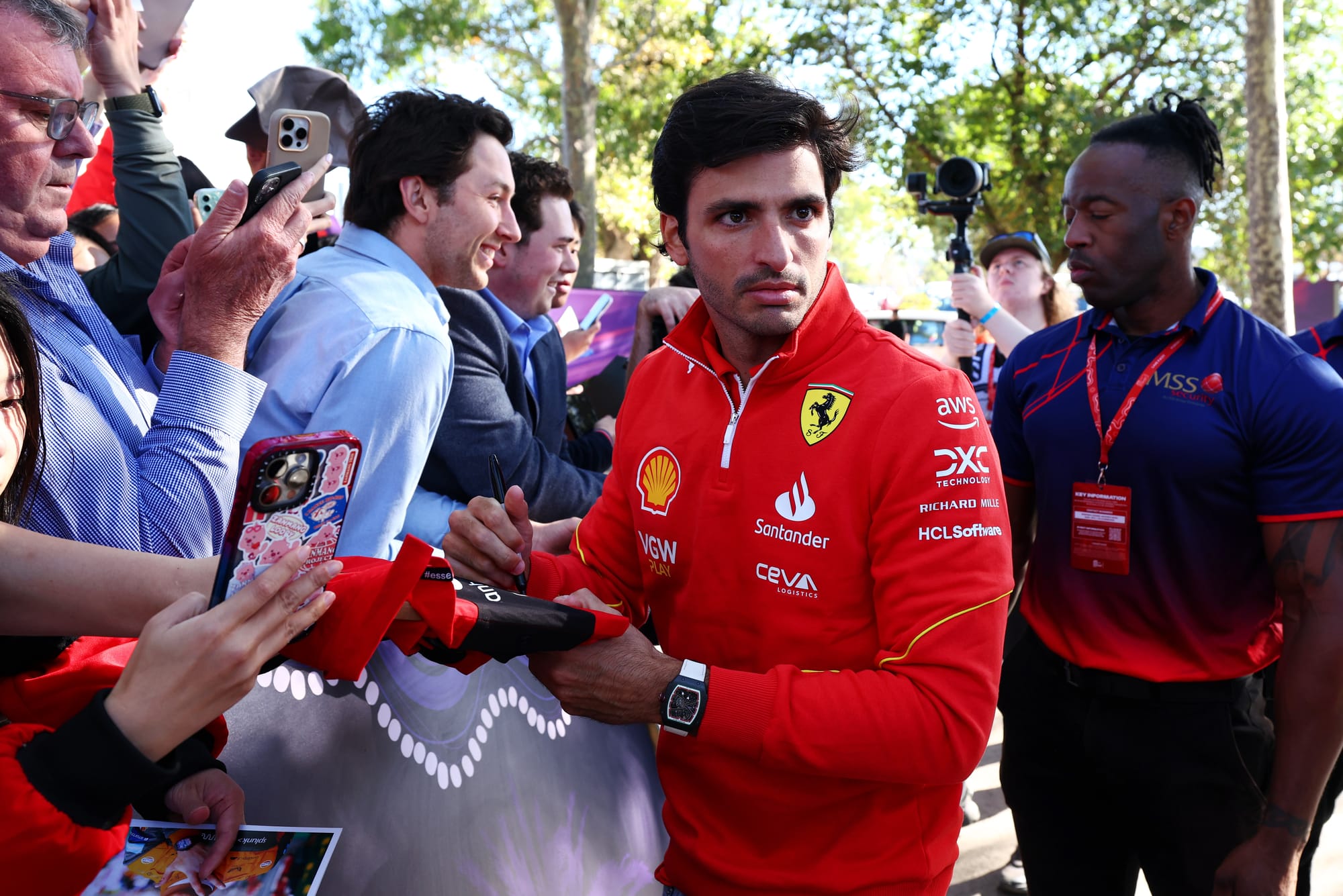
“[There are] incredible modern machines that help recovery. That’s why athletes, when we have injuries, tend to recover quicker than other people, because we put ourselves into situations and machines and everything that helps to speed up recovery a lot.
“You need to think that over the last 14 days, all 24 hours have been centred around recovery. And together with a couple of changes that I need to do with the belts, with the sponges, just to protect the area, everything should be ready.”


